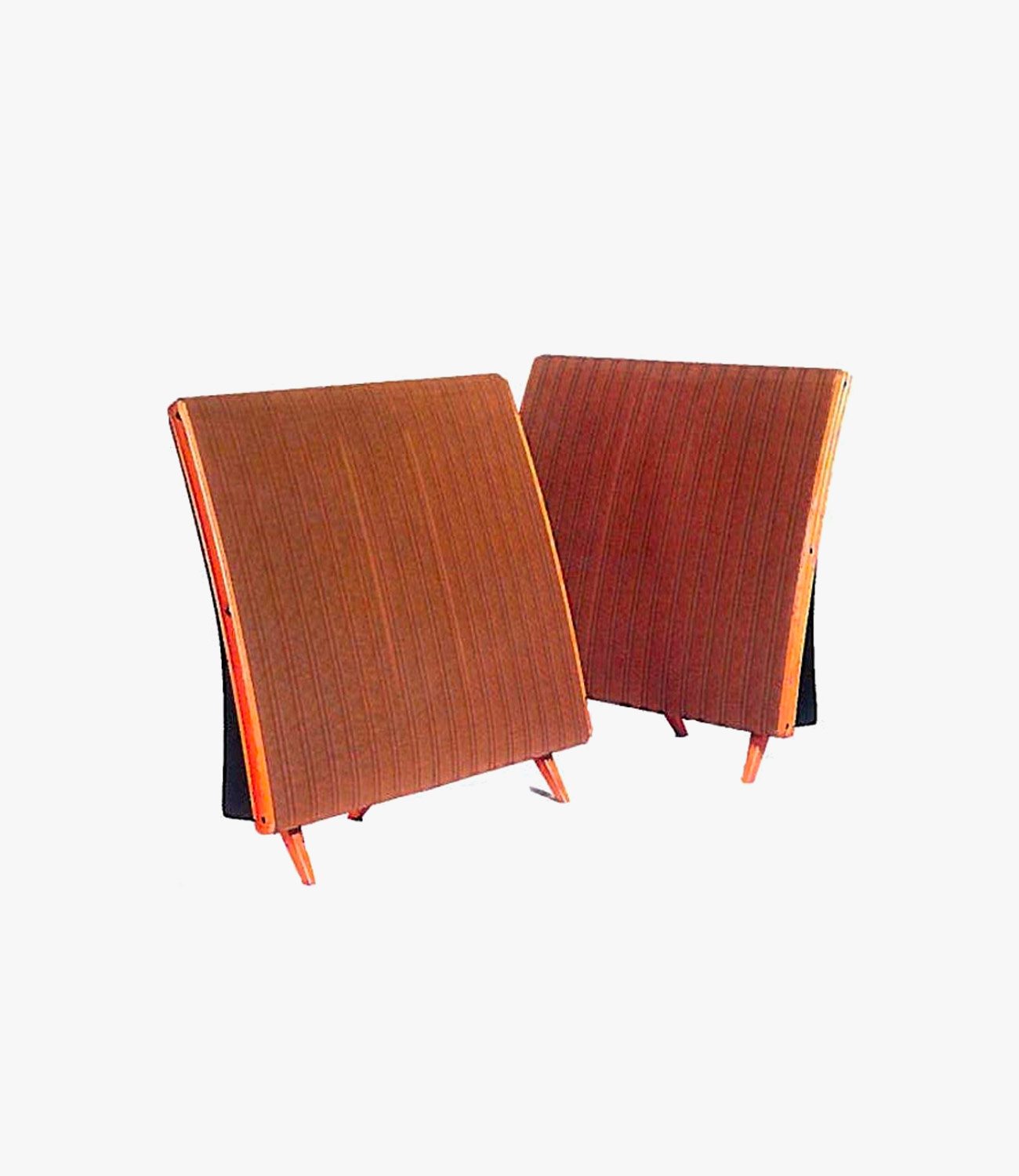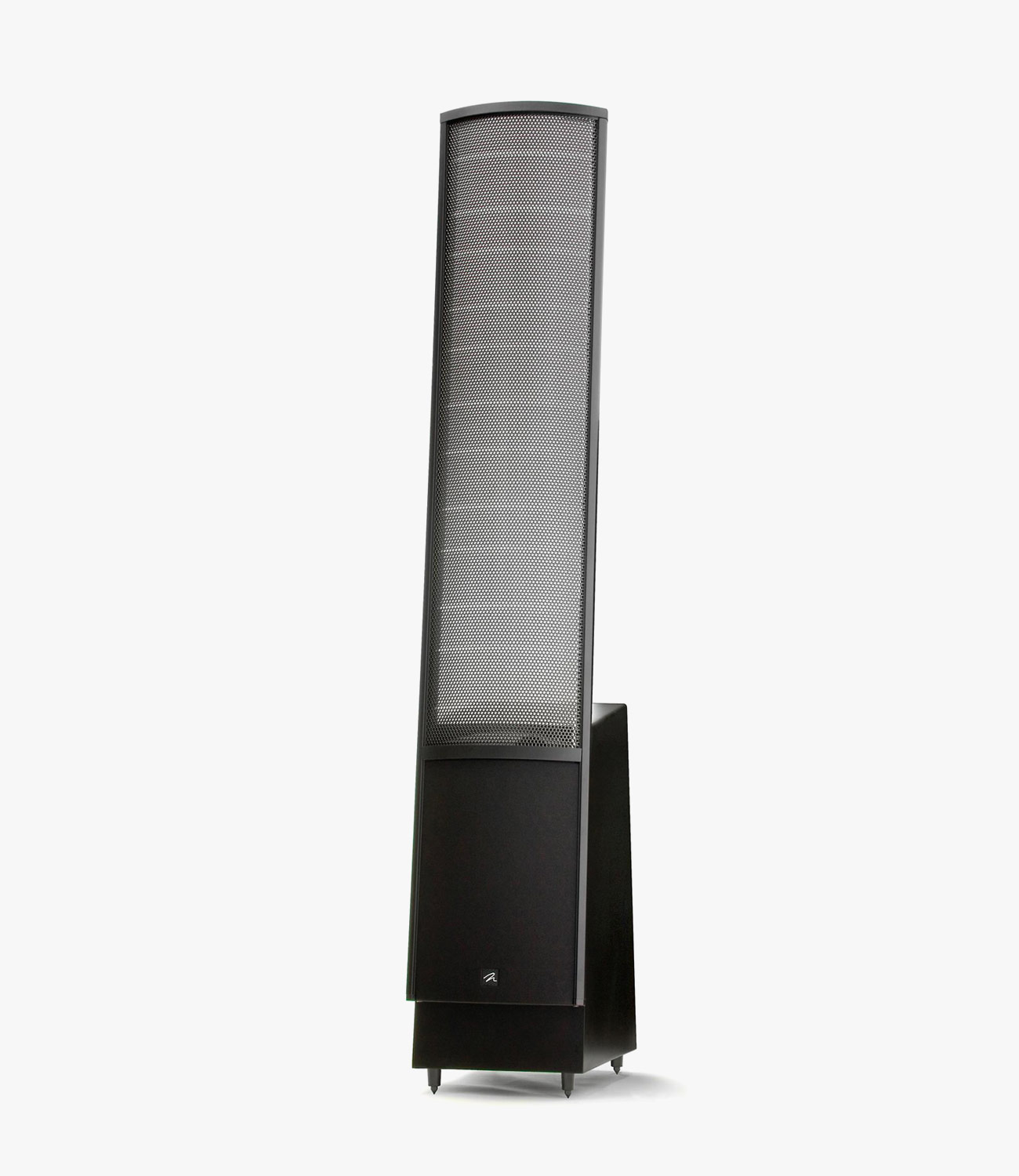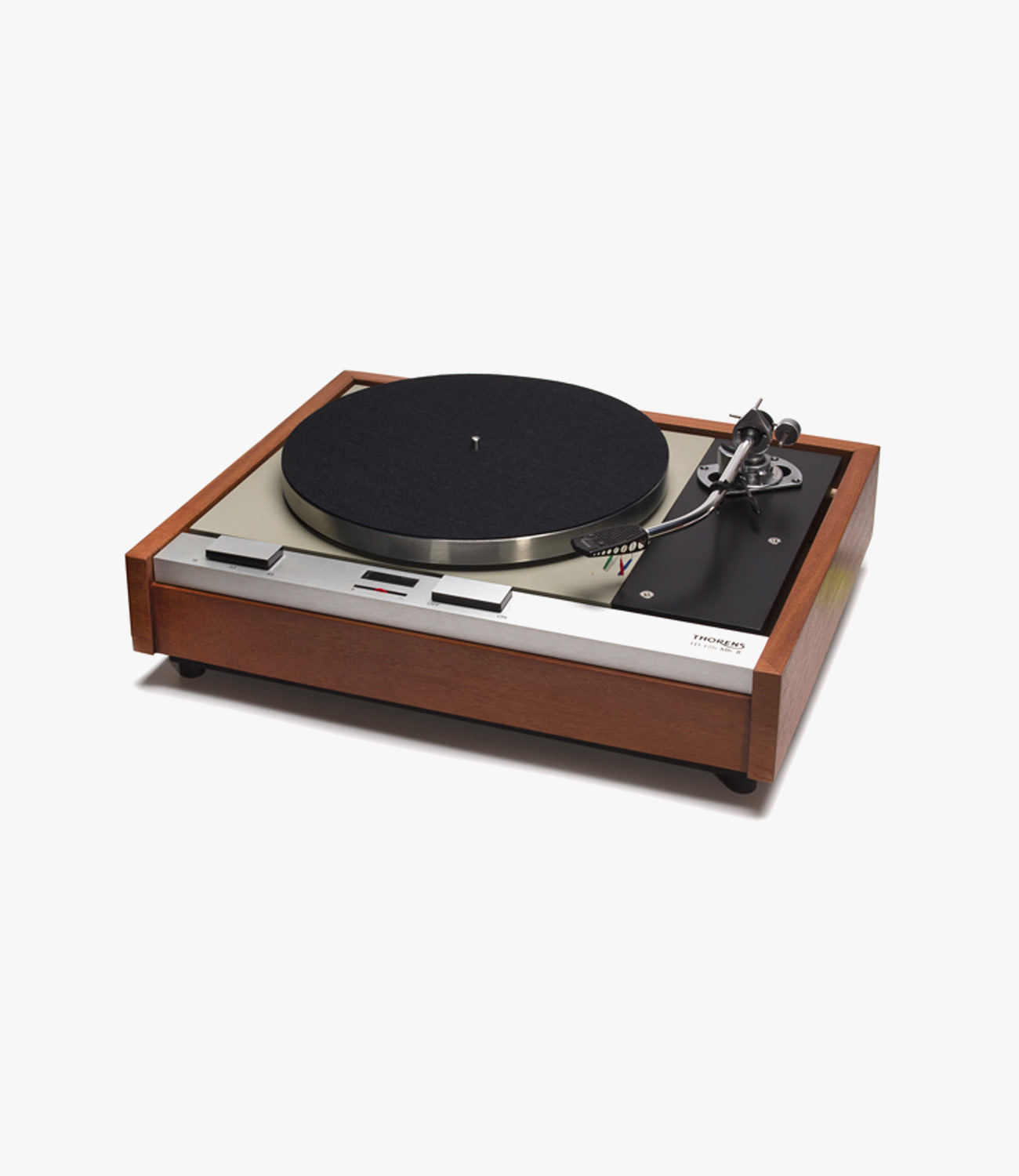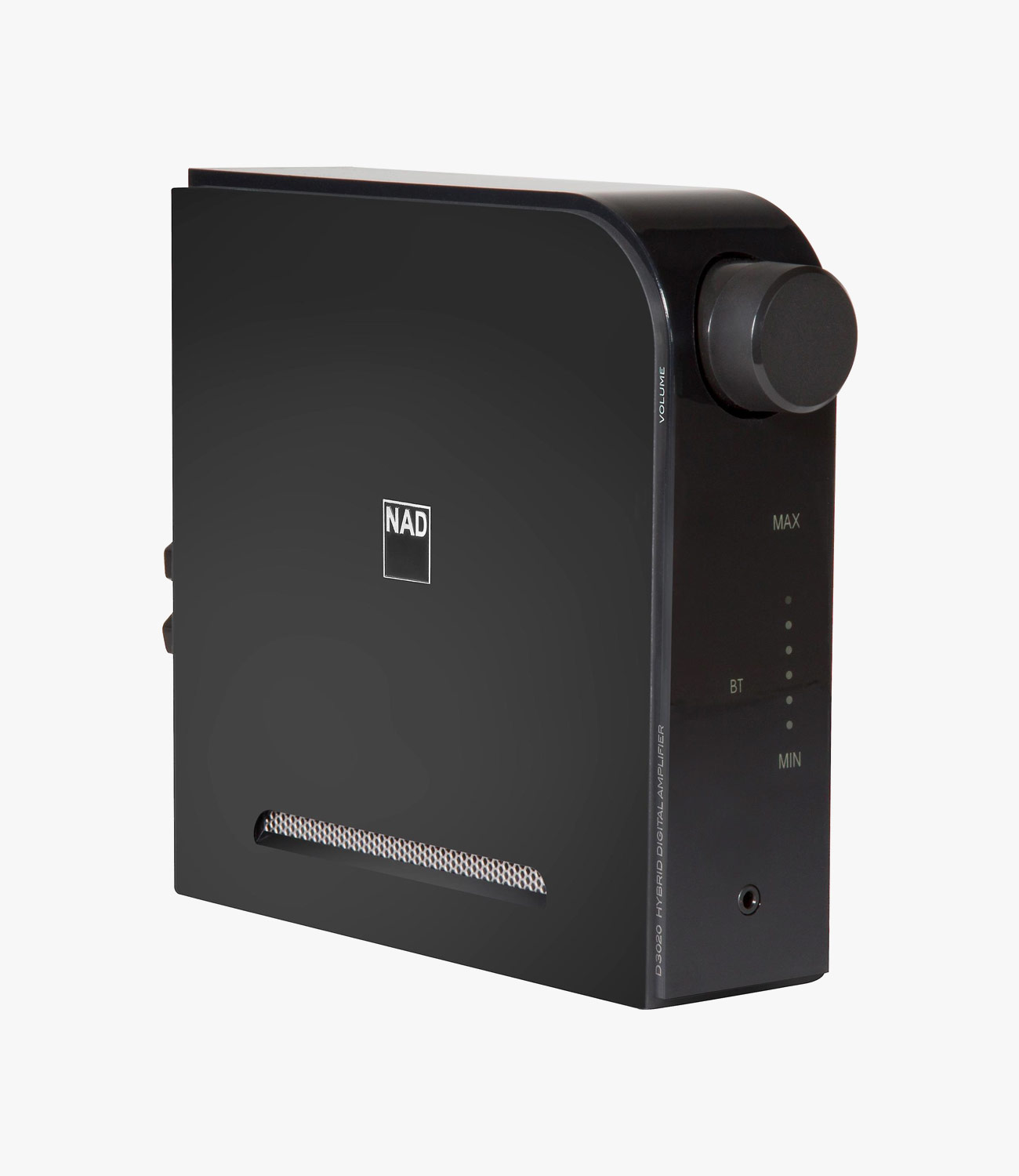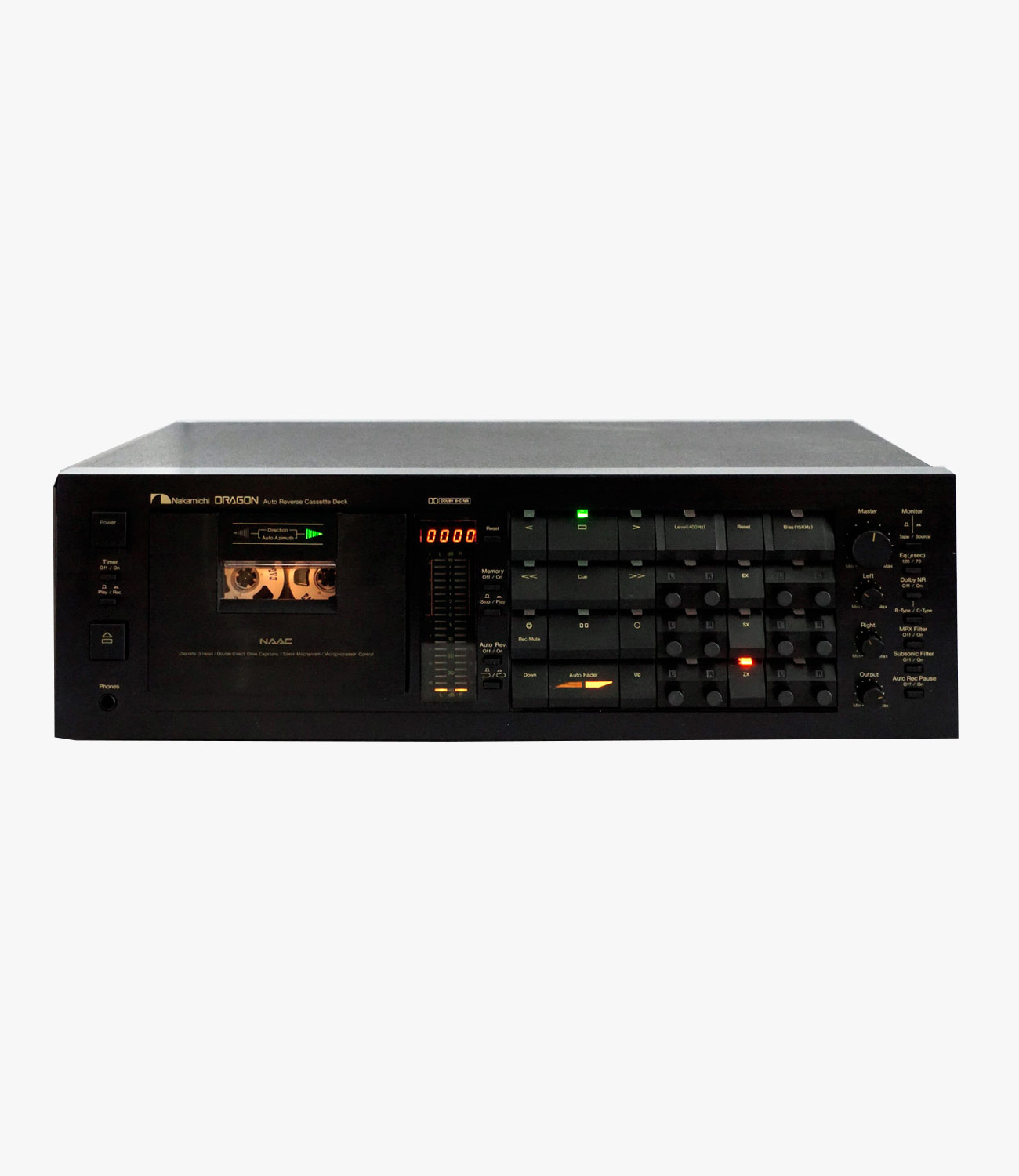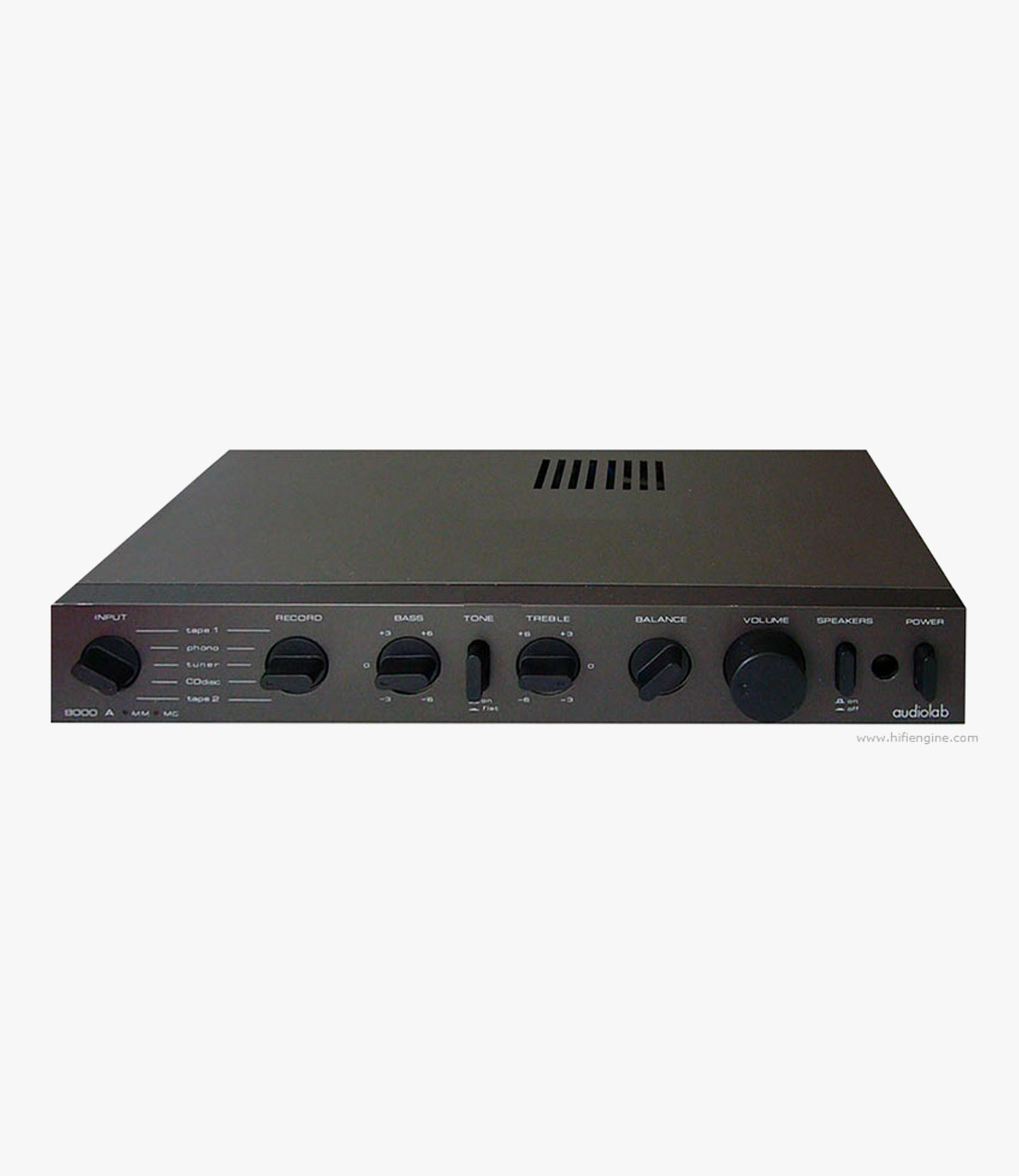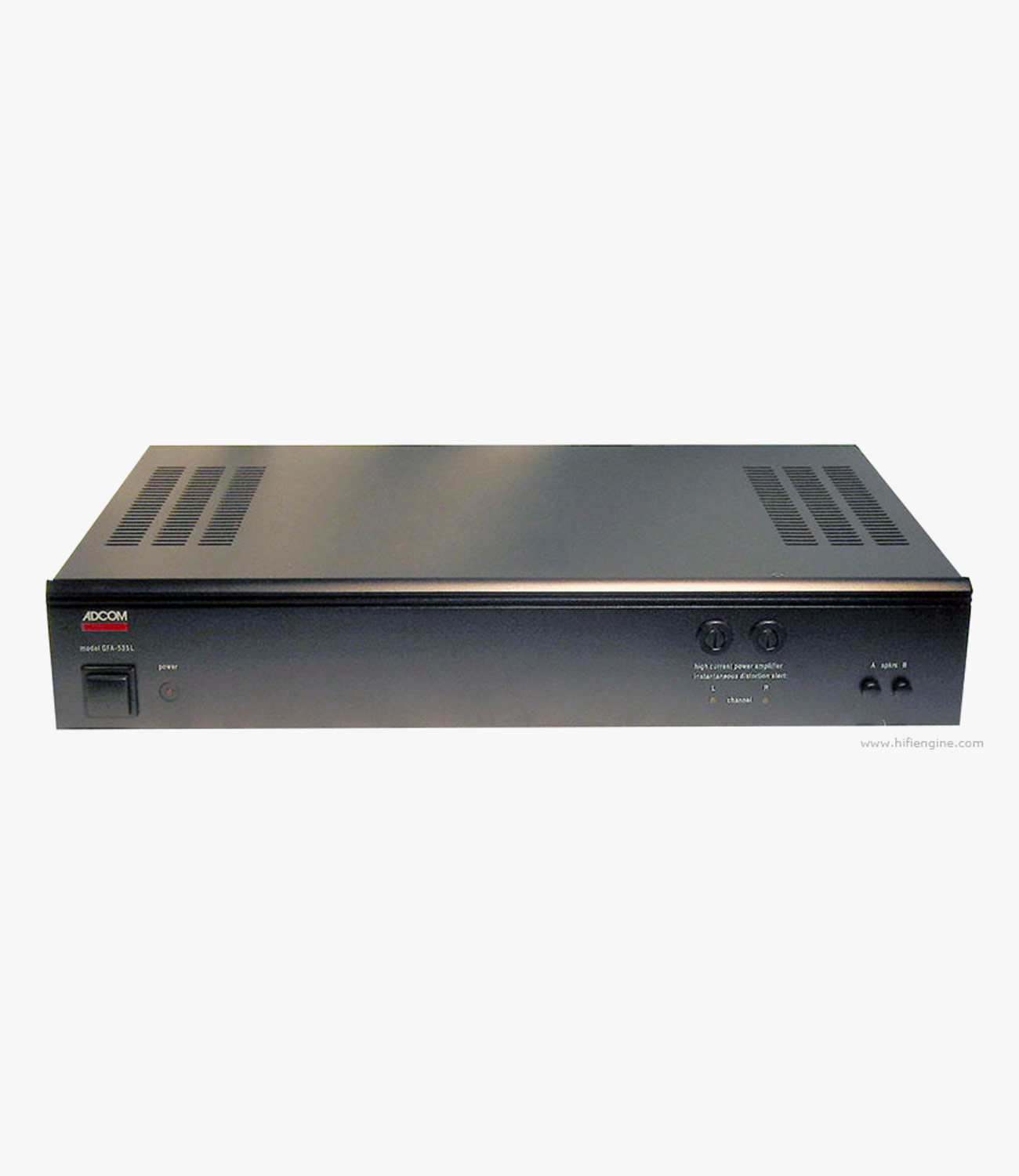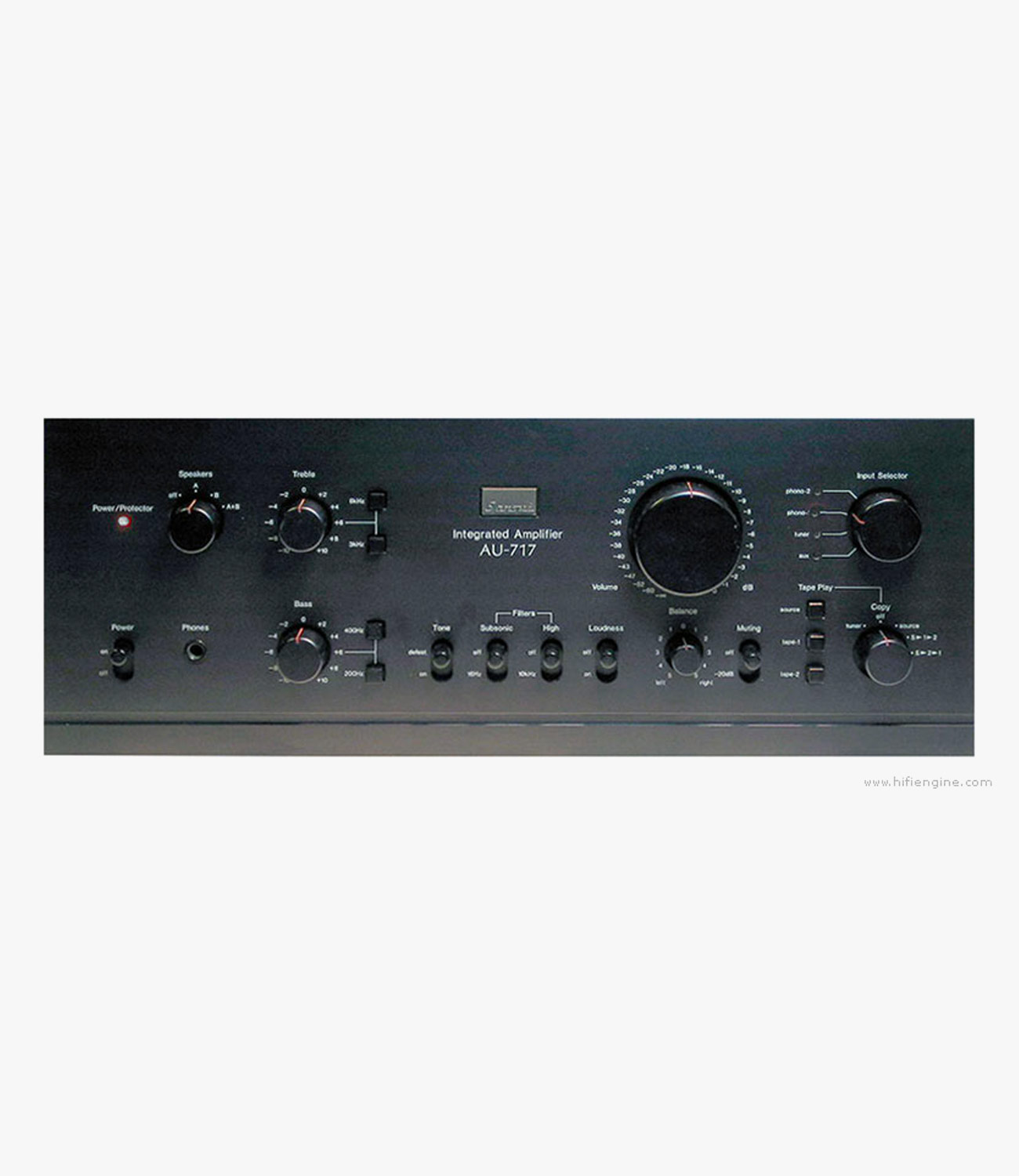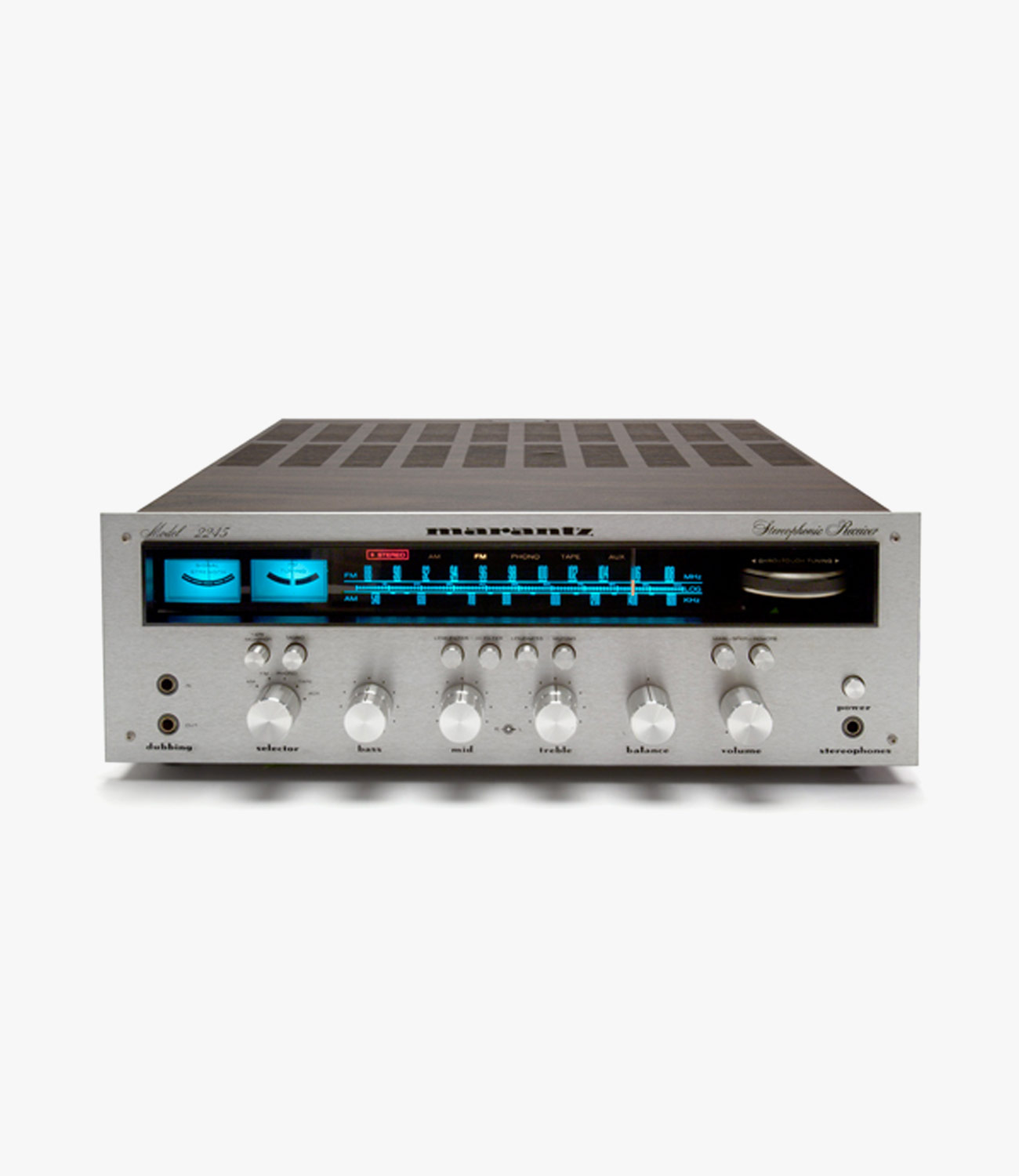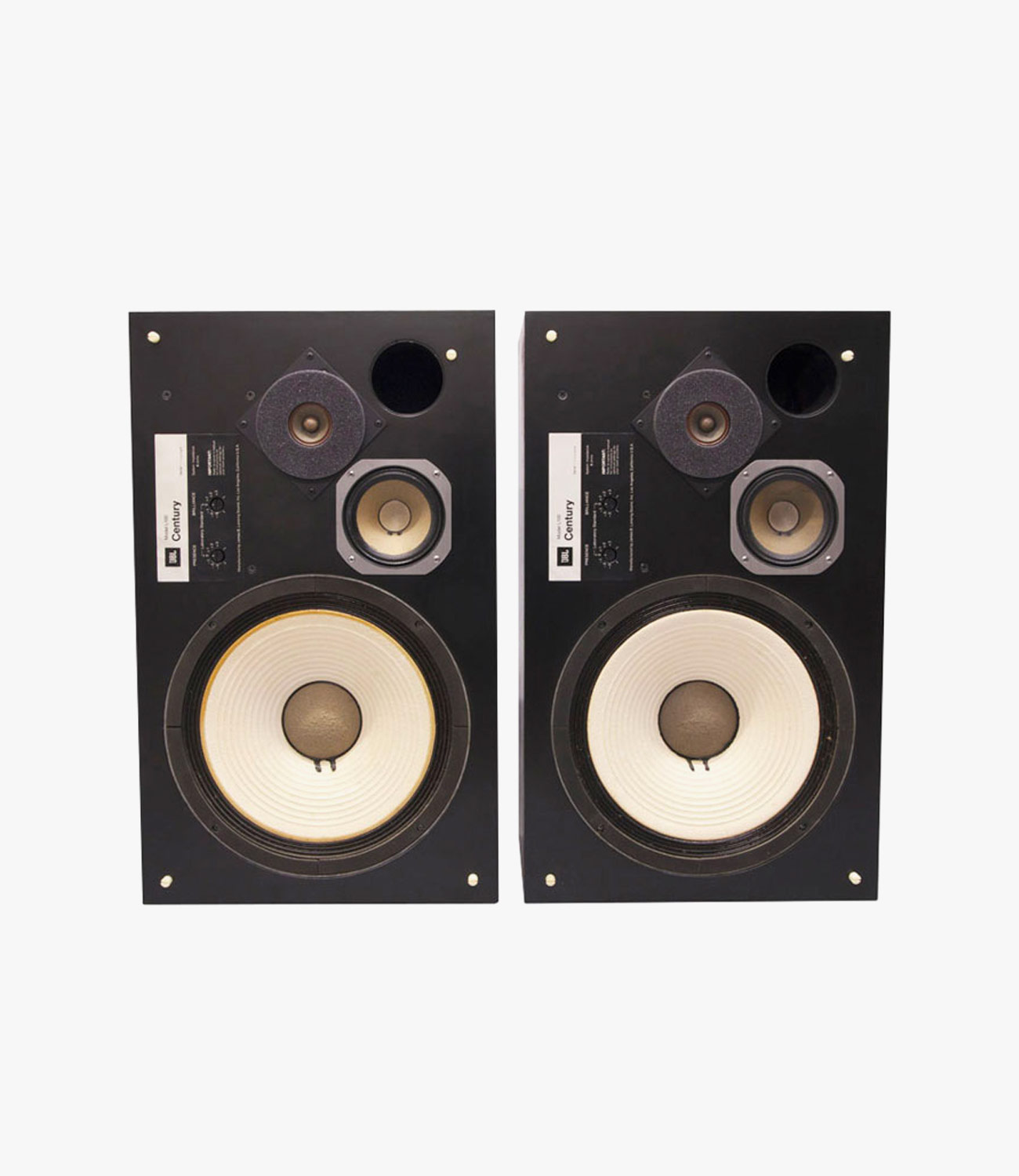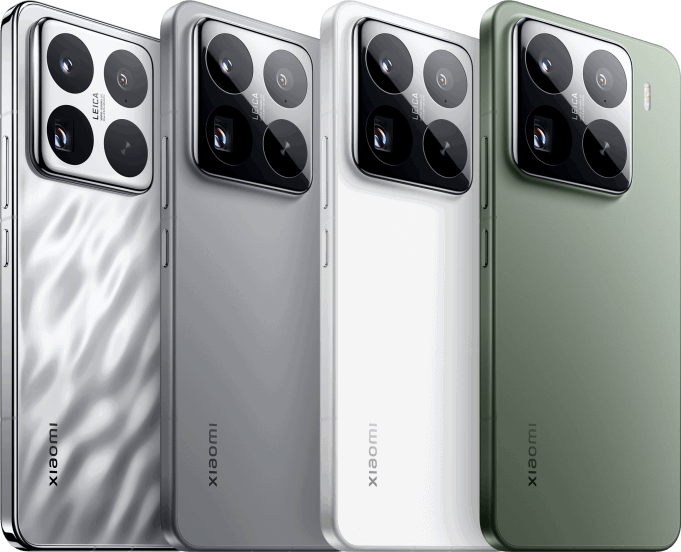There’s a legitimate reason to shop for vintage audio components: they’re still some of the best products you can buy. If you know what to look for and accept that ownership comes with a price, you can still find some of these old audio components, many of which went out of production decades ago.
Nostalgia is a nice sentiment, but it should not be the driving force behind your desire for a piece of vintage audio. Performance, reliability, and the ability to get it serviced trumps all. While not as expensive as a vintage car, think before you invest as your long-term enjoyment of the product or system can go south rather quickly if you end up with a lemon and there is no resale value. There are dozens of vintage components worth searching out, but these are especially unique.
Quad ESL-57 Electrostatic Loudspeaker
The ESL was introduced by Peter Walker in 1957 and it’s still considered by many audiophiles to be the holy grail of audio design. Walker’s electrostatic panels offered a level of transparency and midrange resolution that few loudspeakers achieved in the decades that followed. Finding a pair of original ESLs in pristine condition has become much harder in recent years and the market for restored units has driven the price up significantly. The Quad ESLs are a more cerebral listen than their planar magnetic counterparts but once you hear a pair in the right system, you may question just how much loudspeakers have improved over the past sixty years.
MartinLogan Aerius i Loudspeakers
MartinLogan’s esoteric CLS electrostatic loudspeaker looked great on magazine covers and delivered on its sonic promise, but it was also very difficult to drive and dominated any room where it resided. The taller and slimmer Aerius i offered the transparency, detail, and speed of an electrostatic panel, but also the punch required to enjoy rock, electronica and other genres of music. Finding a used pair in reasonable condition has become easier in recent years; if you find some, it makes sense to have the factory install a new pair of panels to give your investment some longevity.
Thorens TD-125 MK II
When the Thorens flagship belt-driven turntable was introduced in 1968 (the MK II in 1972), it represented both an aesthetic and technical shift for the Swiss manufacturer, who was known for its massive idler drive turntables. Belt-driven turntables with a sub-chassis were less expensive to manufacture and service, and the design allowed Thorens to isolate the motor and sub-chassis from the turntable’s plinth resulting in better sound quality; the downside was that it needed a sturdier rack. Thorens turntables work with a multitude of tonearms; including Rega, SME, Grace, Ortofon, and Jelco. Turntable restoration companies like Vinyl Nirvana and Artisan Fidelity have offered beautifully restored versions for years but have seen the market for the older tables change dramatically in recent years; vinyl’s resurgence has made them scarcer and more expensive.
NAD 3020 Stereo Amplifier
While not the prettiest or most powerful integrated amplifier, the solid-state NAD 3020 is known for its ability to drive difficult loudspeakers —despite its published power rating of only 20 watts per channel into 8 ohms. At $130, it was incredibly inexpensive in 1978 when was it was introduced. The 3020 featured four inputs, including a phono pre-amplifier that offered above-average sound quality for the price. The trademark NAD charcoal grey finish made the 3020 stand out; as did its warm tonal balance that was rolled off at both extremes. The 3020 was a fixture for NAD for a few decades selling over one million units. Expect to pay between $200 and $250 for a unit in great shape.
Nakamichi Dragon Cassette Deck
Nakamichi manufactured the world’s best cassette decks before its untimely demise in the era of digital audio. They were a pioneer in the development of magnetic tape heads and the three-head recording technique; separate tape heads were used for playback, erase, and recording. Nakamichi built premium decks for other manufacturers, but it was their ultra-premium Dragon cassette deck released in 1983 that solidified their place in audio history. The Dragon offered a level of playback with well-recorded tapes that rivaled other sources, and it was superb at recording. Finding a used Dragon online is not difficult, but with the original company no longer in business, finding parts requires some effort and it’s not a restoration worth attempting yourself. Prepare to pay a steep price for this audio classic.
Audiolab 8000A Integrated Amplifier
Started in 1983, Audiolab produced a very well-received line-up of integrated amplifiers, CD players, DACs, and power amplifiers. The compact looking components offered excellent sound quality and were an affordable option to pricier rivals. The 8000A integrated sounds as crisp and detailed today as it did in 1983, and its internal phono pre-amplifier was considered to be one of the best in an affordable amplifier. Pair it up with a warm sounding pair of two-way bookshelf loudspeakers for best results.
Adcom GFA-535 Power Amplifier
Adcom got its start in the 1970s building phono cartridges, but the company eventually made the jump to affordable solid-state power amplifiers, pre-amplifiers, tuners and CD players. The products proved to be reliable and audiophiles were impressed with its sonic neutrality. Adcom shook up the market with its more powerful GFA-555 power amplifier designed by Nelson Pass (Pass Labs, Threshold, First Watt), but the $300 GFA-535 may have been the better-sounding amplifier. The 60-watt GFA-535 was stable with difficult loudspeakers and once you let it warm up, it made beautiful music with warmer sounding loudspeakers. This is an affordable classic that you can still find.
Sansui AU-717 Integrated Amplifier
Sansui is another classic Japanese brand that was a casualty of the digital era; the manufacturer was highly regarded for the quality of its transformer designs. Released in the late 1970s, the iconic matte-black AU-717 integrated amplifier pushed out over 100 watts per channel and included a high-performance moving magnet phono stage. The AU-717 was an ideal match for any of the JBL, KEF, or Celestion loudspeakers of the period; from a power perspective and with its warmish-sounding tonal balance. A refurbished unit with new capacitors will run between $500 and $850.
Marantz 2245 Stereo Receiver
Released in 1971, Marantz’s 2245 receiver offered solid resolution for the period, a moving magnet phono pre-amplifier, and AM/FM tuner section. It’s not difficult to find in 2019, but prices have escalated in recent years; a pristine unit that originally sold for $450 now can go for upwards of $800. The units were well-made and the wood case gives it a classic vintage look; one drawback is that wood case impacted the ventilation, so this is not an amplifier to stick in a tight cabinet without ventilation.
JBL L-100 Century Loudspeakers
JBL recently reintroduced a new version of the L-100 Century, but the originals that were released in 1970 still deliver the good. Derived from JBL’s 4310 studio monitors, the domestic looking L-100 Century require some space and love power. The L-100 Century are forward sounding and almost always sound better with tubes or a warm-sounding amplifier. Prepare to pay between $400-$500 for a set in reasonably good condition. Replacement drivers can run over $100 each. Nostalgia with orange grille covers comes at a premium.

